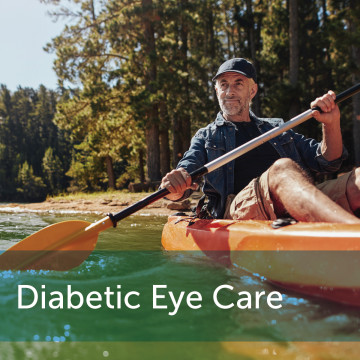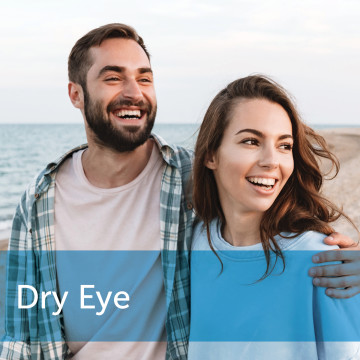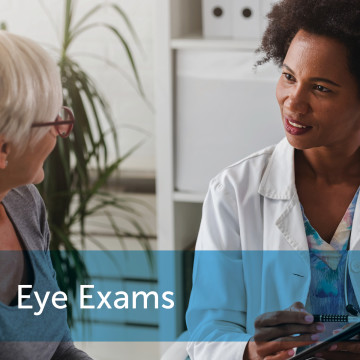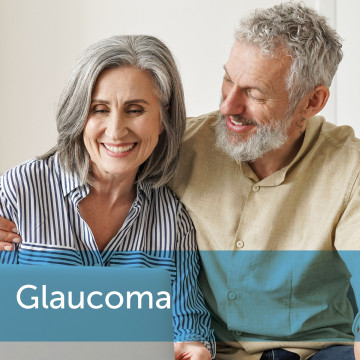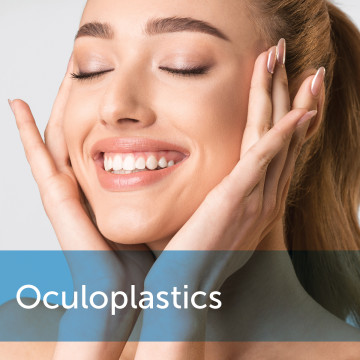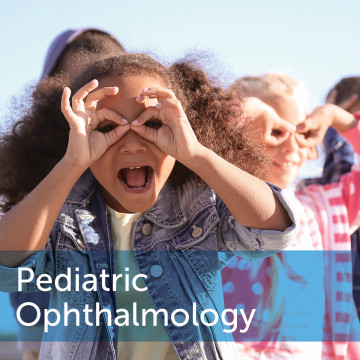Your eyes deserve an expert

Vision Insurance
Covers exams specific to how your eyes see with glasses and/or contact lenses.
Medical Insurance
Covers medical health issues affecting your eyes.

New Patients Welcome
Our trusted team of highly trained eye care professionals focus on maintaining the health of your eyes with comprehensive eye exams, preventative care and treatment.
Click the link below to connect with us!

 216-574-8900
216-574-8900

